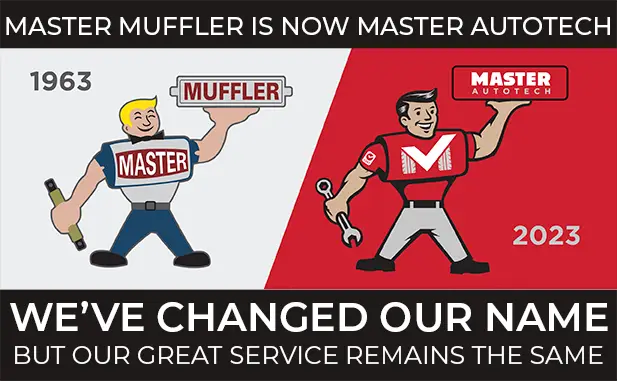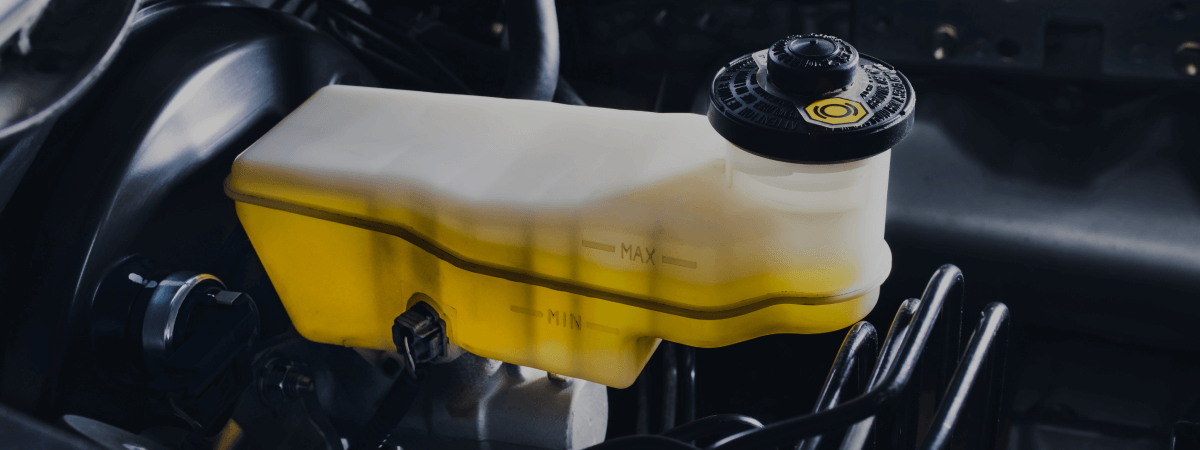Icy and snowy conditions can cause havoc on the roads. Whenever you are driving in extreme winter conditions it is good to know how to handle your brakes so that you can come to complete and safe stops no matter what obstacles the weather or road may throw your way.
The first thing to keep in mind is your braking distance. As a general rule of thumb, the faster you drive, the more time you need for your brakes to bring you to a full stop. This distance increases the faster you go, so always make sure that you drive at a speed that is appropriate for the weather conditions and that there is adequate space between you and any other vehicles. It is also good to know that winter tires, which are specifically made for snowy and icy conditions, can brake faster than all season tires.
Whenever you need to brake unexpectedly, the way to brake is determined by whether or not your car is equipped with an Anti-lock Brake System (ABS).
If your car DOES NOT have an ABS, you want to make sure that you use the threshold braking technique. The threshold braking technique means that you brake firmly without locking the wheels. If the wheels start to lock, then you need to release the pedal lightly and adjust your braking. It is vastly important that you do not lock the wheels. Keeping the wheels unlocked allows you to have maximum braking power. When your wheels remain unlocked, you can either keep in a straight line or turn to avoid obstacles. If your wheels lock, you will lose control of the vehicle.
If your car DOES have ABS, then you want to push down the brakes with as much force as possible. Never release the pedal or pump the brakes. When you forcefully push down the brakes, you may feel a vibration and hear a noise, which is normal. With an ABS the system works for you – but you must keep the pedal pushed down until it comes to a complete stop. With the pedal fully pushed, you will have the control to either keep in a straight line or turn in order to avoid obstacles.
By following these simple steps, you can make sure that you brake effectively and safely throughout the winter season.
Related Posts
Key Takeaways On average, passenger vehicle tires last 40,000 to 60,000 miles, depending on type, driving habits, and maintenance. Replace tires when tread depth reaches 2/32”, if damaged, or older than 10 years. Regular rotation, alignment, and proper inflation extend tire life. Aggressive driving, poor roads, and harsh weather shorten tire lifespan. Take advantage [...]
When you think about car maintenance, you probably focus on oil changes, tire rotations, and maybe even brake pad replacement. But what about your brake fluid? If you’ve ever wondered, “What does brake fluid do?” or “Why is brake fluid important?”, you’re not alone. Brake fluid might not be the most talked-about part of [...]
Is that high-pitched squeal from your brakes driving you—and everyone else—crazy? Don’t ignore it. Squeaky brakes aren’t just annoying, they’re your car’s way of saying something needs attention. Whether you're cruising through Salt Lake City or winding up Idaho’s mountain passes, here’s what’s likely going on, how you can fix it, and when it [...]





